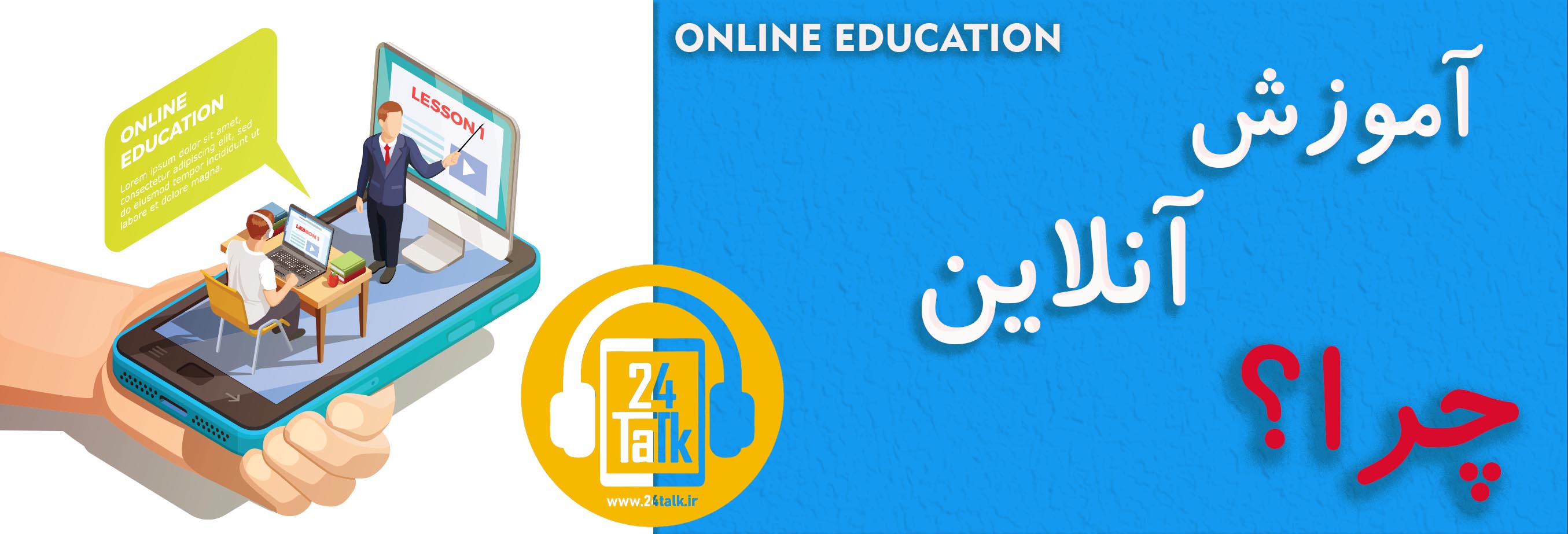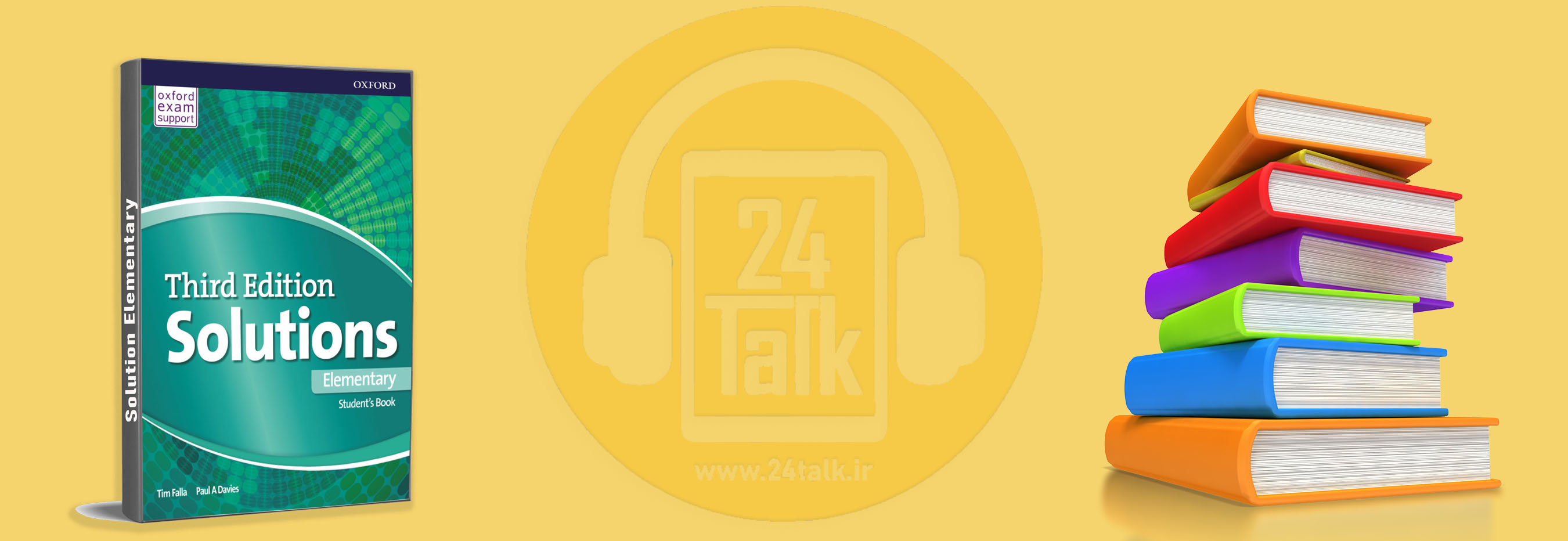پادکست British Council سطح B1 شماره 12
پادکست British Council سطح B1 شماره 12 :Work–life balance
با دوازدهمین قسمت از پادکست British Council سطح B1 (پایه intermediate) همراه شما هستیم.
گوش دادن به این پادکست ها به تقویت مهارت listening ات کمک زیادی میکنه، پس اگه سطحت intermediate ئه و دوست داری این مهارت خیلی مهم رو از همون قدم های اول یادگیری زبان تقویت کنی، این پادکست رو از دست نده!
قبل از گوش دادن به پادکست، تمرین آمادگی زیر را انجام بده. بعد به پادکست گوش کن و تمرین های آخر مطلب را با توجه به محتوای پادکست انجام بده.
تمرین آمادگی
کلمات ستون سمت چپ را به معنی آن ها در ستون راست وصل کن: (جواب تمرین در انتهای صفحه)
| معانی – Definition | لغات – Vocabulary |
| a. a successful book b. giving the right amount of time to work and to the rest of your life c. an idea d. working more than your normal work hours e. the ability to work from different places f. a positive thing about something g. to become less clear or visible h. being free to do what you want | work–life balance overtime a best-selling book an advantage a concept to fade freedom mobility |
حالا به پادکست گوش کن. در این قسمت قراره به صحبت های یه نویسنده در مورد کتابی که نوشته گوش بدی. با گوش دادن به پادکست هم می تونی مهارت شنیداریت رو تقویت کنی و هم کلی عبارت و کلمه ی کاربردی یاد بگیری.
British Council – Intermediate:Work–life balance

متن پادکست:
Presenter: Good morning, everyone. On today’s show, we’ve got Chris Svensson with us, the author of No more nine to five, the new best-selling book about work–life balance in the current working world. Good morning, Chris. Thanks for coming.
Chris: Thanks for having me, Anna.
Presenter: So, Chris, tell us about your book and how the concept of a work–life balance has been changing?
Chris: Well, in the more traditional workplaces, people’s working lives and their private lives are, or were, clearly divided. People often work from nine in the morning until five or six in the evening. People sometimes stay late in the office and work in the evenings. This is called working overtime.
Presenter: OK, and what else?
Chris: Well, in these environments it isn’t common for people to work at the weekend or while they’re on holiday. They can clearly separate their working lives and their private lives. And the evenings, weekends and holidays are free to focus on non-work areas of life, such as hobbies, interests, sports, spending time with the family and friends, and so on. It’s important and healthy not to spend all your time just working, right?
Presenter: Right! So what has changed? How are things different now?
Chris: Well, for a start, most people can now access their work emails from their mobile phones. So they are more likely to quickly reply to an important mail in the evening or at the weekend. The same goes for laptops. It’s easier to access your work in the evenings from home or even from your hotel when you’re on holiday.
Presenter: That doesn’t sound like much of a work–life balance. It sounds like all work.
Chris: Exactly, but this new mobility brings a lot of advantages with it. More people are now able to work flexibly, so if they need to leave the office early one afternoon to be with their family, they can catch up on work that evening from home or somewhere else.
Presenter: That sounds good. So, what you’re saying is that although traditional divisions between work and life are fading, many employees now have more freedom to do their work from different locations and at different times.
Chris: Yes, that’s it.
حالا به سوالات زیر جواب بده:
تسک 1
جواب درست را انتخاب کن:
1)How popular is Chris Svensson’s book?
a. Not very popular
b. Very popular
c. It’s new. People don’t know it yet.
2) What is the work–life balance like in traditional workplaces?
a. Work lives and private lives are clearly divided..
b. People work too much overtime and so they have no private life
c. People are free to manage the balance themselves
3) How often do people do overtime?
a. Often
b. Sometimes
c. They don’t.
4) In traditional workplaces, do people work at weekends or when on holiday?
a. Yes, it’s normal.
b. No, never
c. Usually, they don’t.
5) How has technology helped people work with more flexibility?
a. They can send and receive emails from their phones from home
b. Their working hours can be easily tracked
c. Robots can do their work for them
6) Traditional divisions between work and life are fading. What does this mean for employees?
a.Everyone has to do overtime, all the time.
b. People have to work while they’re on holiday.
c. They can be flexible to work when and where it suits them.
تسک 2
اصطلاحات زیر را در ستون مناسب قرار بده:
(Possible to work weekends or while on holiday, Flexible working hours,Hobbies and sports only in the evening or at weekends,Fixed working hours,Hobbies and sports can be
done at other times, also during the day, No working at weekends or on holiday)
| Modern workplaces | Traditional workplaces |
جواب ها
1. b
2. d
3. a
4. f
5.c
6.g
7.h
8.e
تسک 1
1. b
2. a
3. b
4. c
5.a
6.c
تسک 2
| Modern workplaces | Traditional workplaces |
| Possible to work weekends or while on holiday | Hobbies and sports only in the evening or at weekends |
| Flexible working hours | Fixed working hours |
| Hobbies and sports can be done at other times, also during the day | No working at weekends or on holiday |
امیدوارم از پادکست British Council سطح B1 شماره 12 لذت برده باشید. برای دسترسی به قسمت های دیگر این پادکست می توانید از صفحه ی پادکست British Council آکادمی مجازی آموزش زبان 24talk دیدن کنید.
همچنین برای گوش دادن به پادکست های BBC می توانید به صفحه ی پادکست 6 دقیقه انگلیسی (BBC) آکادمی مجازی آموزش زبان 24talk مراجعه کنید.
گوش دادن به پادکست روش خوبی برای تقویت مهارت شنیداری و هم چنین یادگرفتن کلمات در بستر یک موضوع خاصه که این به تقویت مهارت مکالمه انگلیسی نیز کمک زیادی می کنه.
اگه دنبال این هستی که مهارت های مکالمه زبان انگلیسیت رو بیشتر از این تقویت کنی بهت پیشنهاد میکنم در دورهی مکالمه زبان انگلیسی آکادمی مجازی آموزش زبان انگلیسی 24talk شرکت کنی که با یه برنامه منسجم و خلاقانه کمک میکنه در زمان کوتاه بتونی به راحتی و روانی انگلیسی صحبت کنی.







